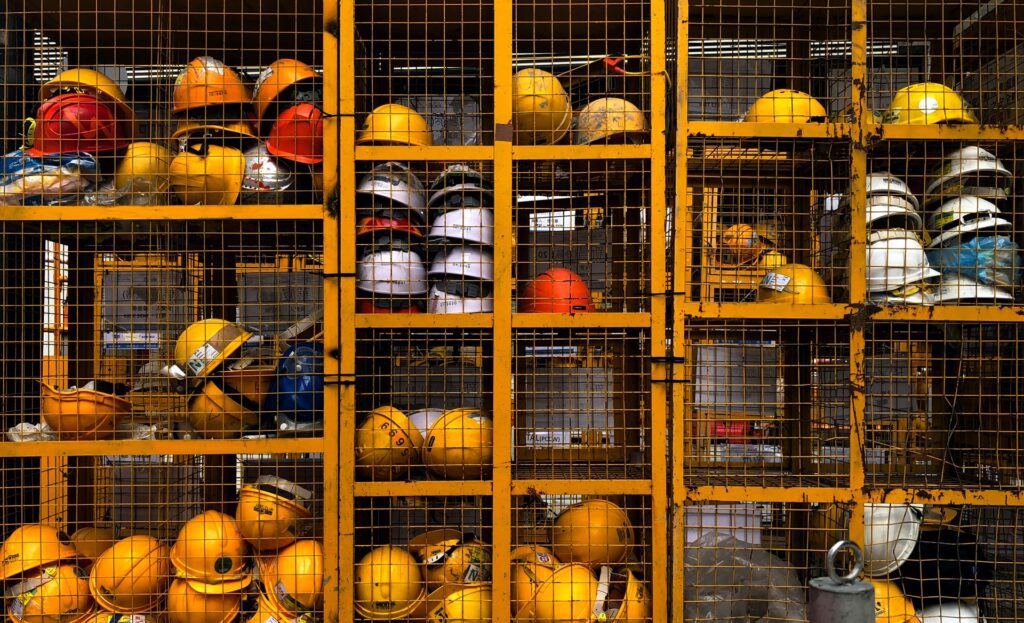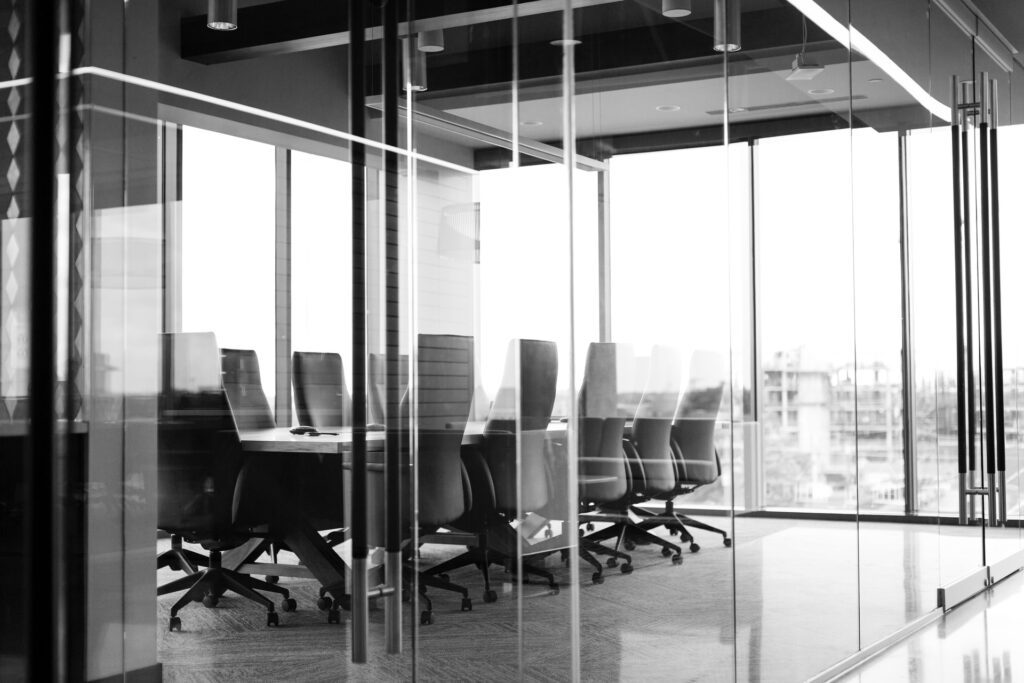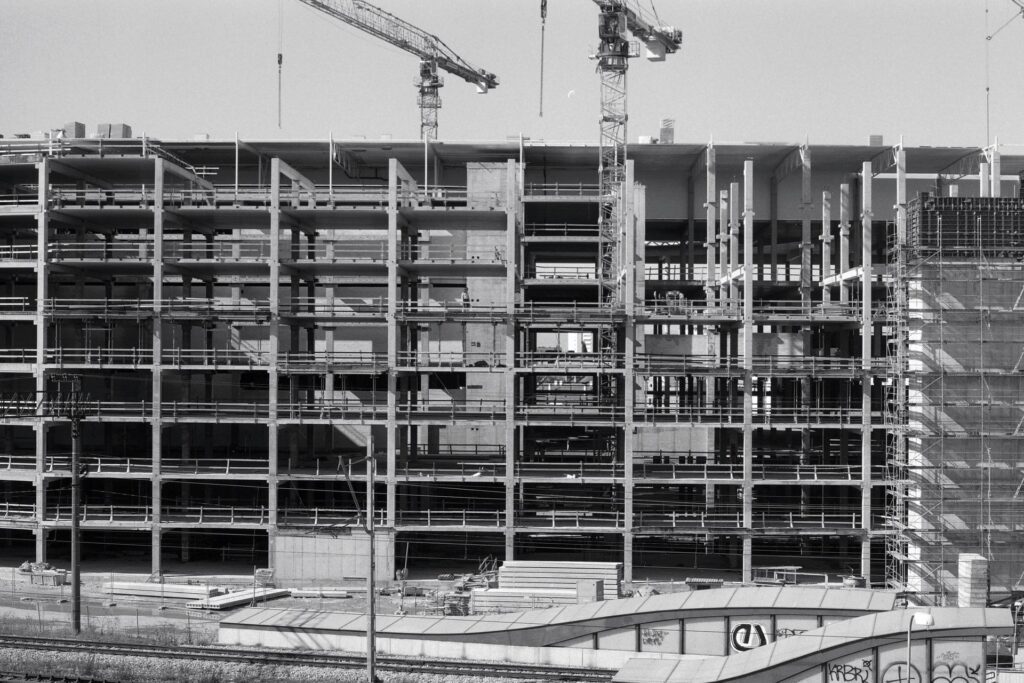Written by: Tarun Jami, Founder, GreenJams
The COVID-19 pandemic was unprecedented on many levels. Its impact on the world economy is yet unfathomed. The magnitude of the loss of lives and livelihoods to an epidemic is unparalleled. According to IMF, the “Great Lockdown” will have a much more significant impact than the “Great Depression” with global GDP growth falling below -3% in 2020. The advanced economies shall be the worst hit with a projected GDP growth of -6%, and the emerging economies shall be at a relatively alarming -1%. However, India and China may not enter a “de-growth” phase and expect to have a projected GDP growth of 1.9% and 1.2%, respectively, in 2020.
Consequently, the construction sector, which is the largest non-farm employment generator, will face pertinent challenges as a result of the novel coronavirus pandemic. While, in India, the construction sector was one of the first non-essential industries to receive an exemption from the lockdown, it will undoubtedly undergo a critical transformation.

1. Increased Cost of Labor & Materials
The rapid growth in urbanization has led the Indian construction industry to employ over 51 million people. If continued business-as-usual, by 2022, it would have engaged about 76 million people. It is also responsible for generating additional employment for an estimated 45 million people, directly and indirectly.
With an estimated 40% of its workforce being migrant, the industry relies heavily on the unorganized sector for its operations. Due to the loss of work resulting from the pandemic, the country witnessed a massive reverse migration, leaving many industries deprived of laborers. Naturally, ever since the lockdown has eased for the construction industry, only those projects which have a residential workforce have been able to resume work. If this is an indication of the times to come, construction companies will have to uphaul their employee engagement practices to retain their labor workforce.
Construction companies will have to provide regular employment to laborers with all the employee benefits, resulting in an increased cost of labor. Similarly, these increased input costs will drive up the prices for construction materials like cement, steel, bricks, blocks, etc., which are all labor-intensive industries.

2. Decreased Liquidity
The massive layoffs have thrown almost everyone off-balance. Most businesses are grappling with a liquidity crunch due to the loss of revenue and the continued fixed expenditure. The construction industry has also been facing a similar predicament with a few extra complications.
Even before the onset of COVID-19, the construction sector had been facing a liquidity crunch due to the IL&FS crisis. The lenders’ morale was down, which impacted lending and caused a massive slowdown in the industry. The post-COVID world is more expensive than before by at least 5% – 10%, inflating various fixed and variable costs. Real estate builders who have received payments or advances at pre-COVID rates for ongoing construction projects will have to complete construction at the higher post-COVID prices of labor and materials.
Similarly, infrastructure companies will face a liquidity crunch due to the growing liabilities resulting from the loss of productivity. Fixed expenses include rentals for machinery, employee compensations, and other high maintenance charges. These are the primary sources of business liabilities, which shall deplete cash reserves and create a liquidity crunch.
While the cash crisis may exist only during the near-term, timely measures by the Govt. could further bolster renewed lending to cash-strapped entities. However, the profitability of the entire construction sector will undoubtedly suffer.

3. Changing Consumer Behavior
The pandemic has forced organizations to adapt to remote-working. Giants like Facebook have taken historic decisions of taking their massive workforce remote. This move has led to the flexible workspace sector falling flat. Most corporations will look to adopt agile portfolios and shy away from making substantial CAPEX commitments towards large offices. Therefore, in the longer-term pre-configured flexible workspaces could see a revival where large corporations would utilize such spaces to foster collaboration amongst their workforce.
Sales of residential real estate will witness a slump due to the uncertainty in income generation. Homebuyers would like to postpone their real estate investments until a time when there is a perceived sense of income security. On the other hand, high-end residential projects may not witness a decline in sales due to the higher income security amongst the associated income class.
Demand for retail spaces might suffer permanent damage due to the higher operational risk of contagion in such public areas. The hospitality industry could also experience a similar decline as consumers avoid crowded spaces.
The pandemic has prompted the government to rethink urban design, which could result in increased public infrastructure investment to ensure public health and safety.

4. Loss of Productivity
Construction is a highly collaborative profession, and the “new normal” presents a unique set of challenges. The prescribed guidelines and social distancing norms will significantly impact productivity.
Smaller construction projects are more labor-intensive and often have multiple laborers huddled together while performing a task. The mandatory six-feet distance between individuals will severely hamper the completion of tasks such as moving a concrete pump or conveying bricks. To also ensure “social distancing,” the workforce will need constant monitoring, and thinning of the density. Employing construction machinery is necessary, which could become unviable.
A large construction project is a continuously evolving organism with multiple weak links. With most laborers on the construction site being daily wagers, ensuring the same individuals return to work every day is practically impossible. Therefore, project managers will have to employ an additional level of scrutiny to ensure the safety of the entire workforce, further impacting productivity. Ideally, the labor workforce will have to be designated zones and be access-controlled using technology. The viability of such a system will need to be assessed on a case-to-case basis.

5. Focus on Sustainability
The pandemic has had an unexpected positive impact on the planet, with the anthropogenic activity coming to a standstill. Marine life has returned to cleaner waters, there are bluer skies over usually polluted cities, and the wild animals are roaming on the streets of locked down cities. Unfortunately, it took a pandemic to show the world the enormity of the task ahead of us.
Despite the total slump in demand for crude oil, the cut in emissions is still below the required number every year to prevent disastrous climate impacts. However, the epidemic has shown that people will do what it takes to protect their families. Throughout the lockdowns, people have had a lot of time on their hands to introspect on their climate impact.
There is a behavior change on the horizon, and consumers shall become more conscious. Several large organizations are taking steps to lower their climate impact, and the construction industry has the power to enable it.
Large corporations will move to greener buildings to lower their carbon footprint and energy costs. Green Realty, while helping achieve sustainability targets, will also command higher prices. Similarly, demand for eco-friendly residential units will also see a favorable incline, with a significant number of new homebuyers becoming eco-conscious. New constructions will, therefore, need to focus on green architecture and using sustainable materials such as Agrocrete™ and Hempcrete.



